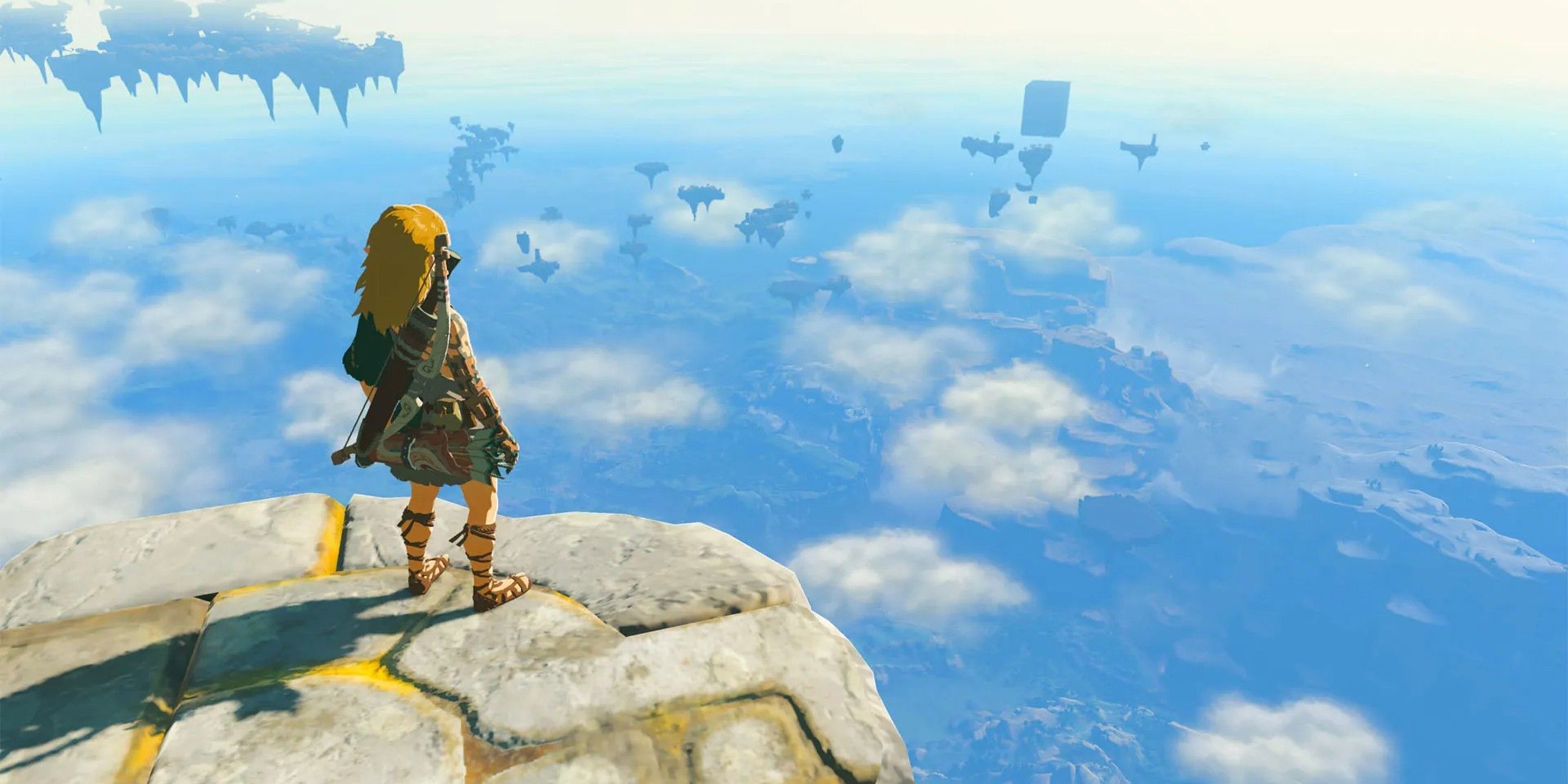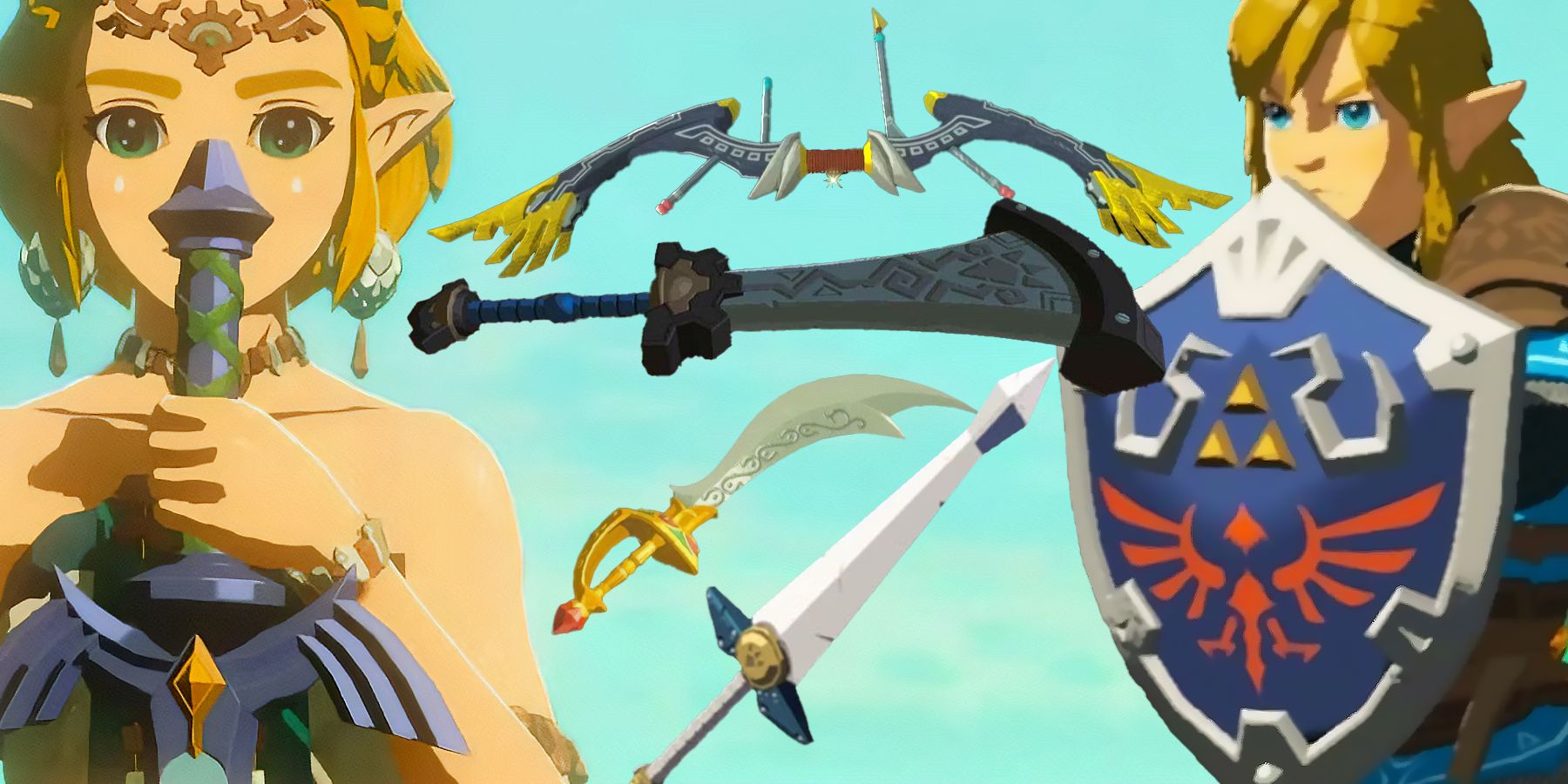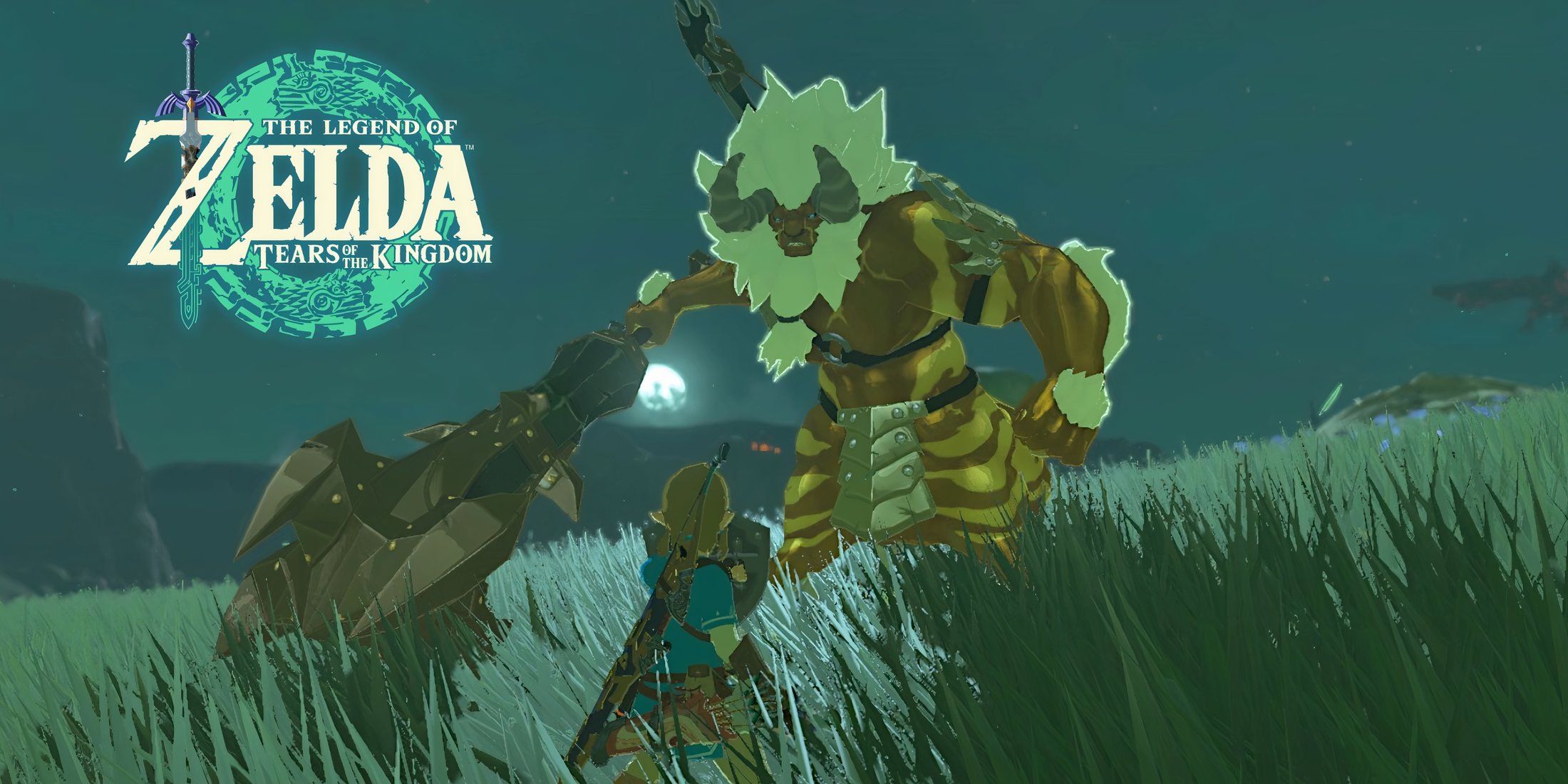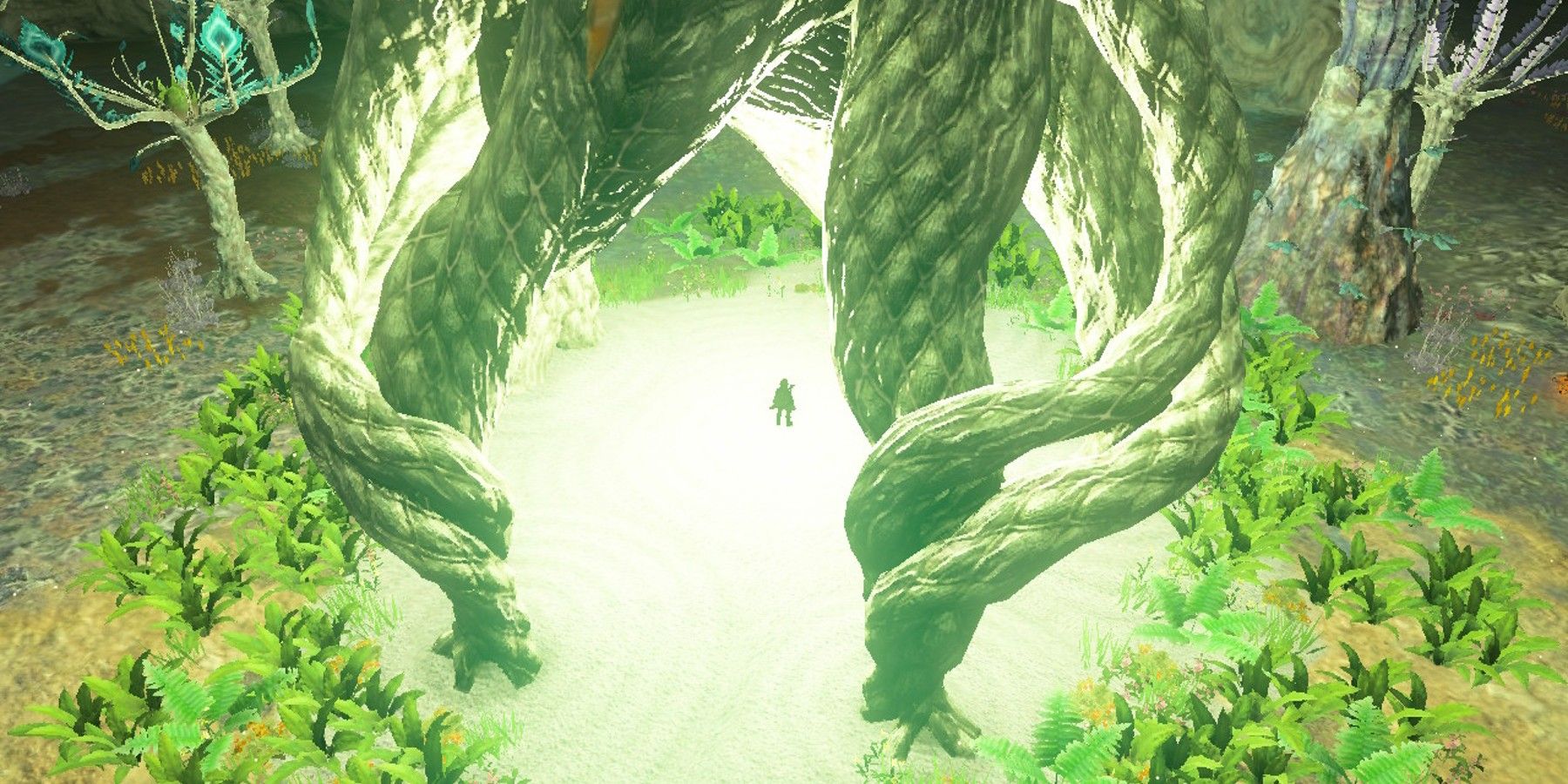Highlights
- Even after playing for over a hundred hours, players may still discover new details in The Legend of Zelda: Tears of the Kingdom, such as the connection between Lightroots and shrines.
- Lightroots, giant glowing roots found in the cavernous Depths, not only illuminate the area and provide a fast travel point but also have names that are the names of the shrines above ground, spelled backwards.
- The game cleverly connects its different regions and layers, such as matching the locations of Lightroots with shrines, and matching the walls of the Depths to Hyrule's rivers, lakes, and coastlines.
With a game as vast as The Legend of Zelda: Tears of the Kingdom, there are bound to be a few details that only become apparent to players after several hours, as one proved when they realized a specific detail about the Lightroots in the game. Lightroots are one of the most common things players will come across in Tears of the Kingdom, but it’s a testament to the game’s level of nuance that even these boast details that might not become apparent to players until dozens of hours in.
Lightroots, like the name suggests, are giant glowing roots scattered across the cavernous Depths beneath Tears of the Kingdom’s Hyrule. Activating one not only illuminates the surrounding area, filling in the map in the process, but also activates a new fast travel point for Link to warp to, just like with the Zonai shrines above ground. While the two share a similar function in helping players get around quickly, players might not immediately realize that’s not the only thing Lightroots and shrines have in common.
One such player is Reddit user cmcf97, who, after playing for over 115 hours, expressed their amazement at only just realizing that the Lightroots’ names are the names of the shrines located above them in Tears of the Kingdom’s overworld, but backwards. They highlighted a few examples of this in a brief clip, pointing out how the Turakawak Shrine’s underground counterpart is the Kawakarut Lightroot, the Gasas’ is Sasag, and the Runakit’s is Tikanur. Other Reddit-goers were just as surprised about the connected names, with several replies stating as much, while others were surprised to find out that the locations of Tears of the Kingdom's Lightroots in the Depths roughly match the locations of shrines in the overworld.
Being a game with an impressive amount of dynamic systems and freedom of gameplay, enabling players to do anything from building outlandish vehicles to torturing Koroks, there are a few neat aspects of Tears of the Kingdom’s world that the game never really calls attention to. Aside from the naming convention for Lightroots and shrines, players can easily miss how the walls of the Depths’ caverns match the edges of Hyrule’s rivers, lakes, and coastlines, or how there is an abandoned mine under every major town.
Details like this serve to illustrate the clever ways the game interweaves the different layers of its world and connects its new regions to the Hyrule introduced in Breath of the Wild. And for players who are still trying to find all of the shrines in Tears of the Kingdom, or all the Lightroots, knowing that their locations are connected should make the process easier.
The Legend of Zelda: Tears of the Kingdom is available for Nintendo Switch




